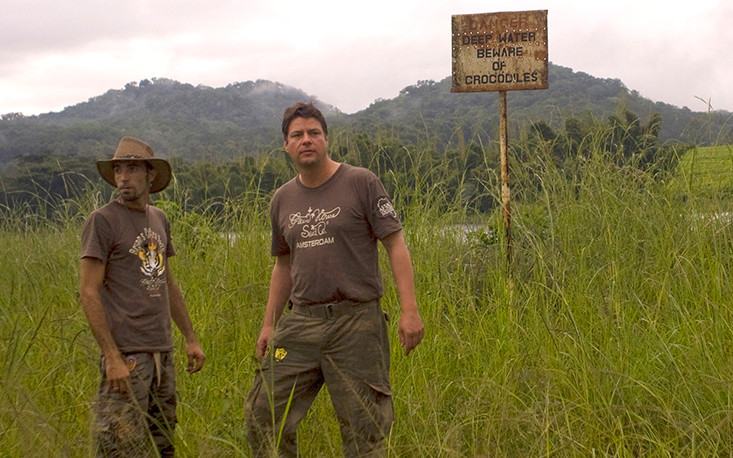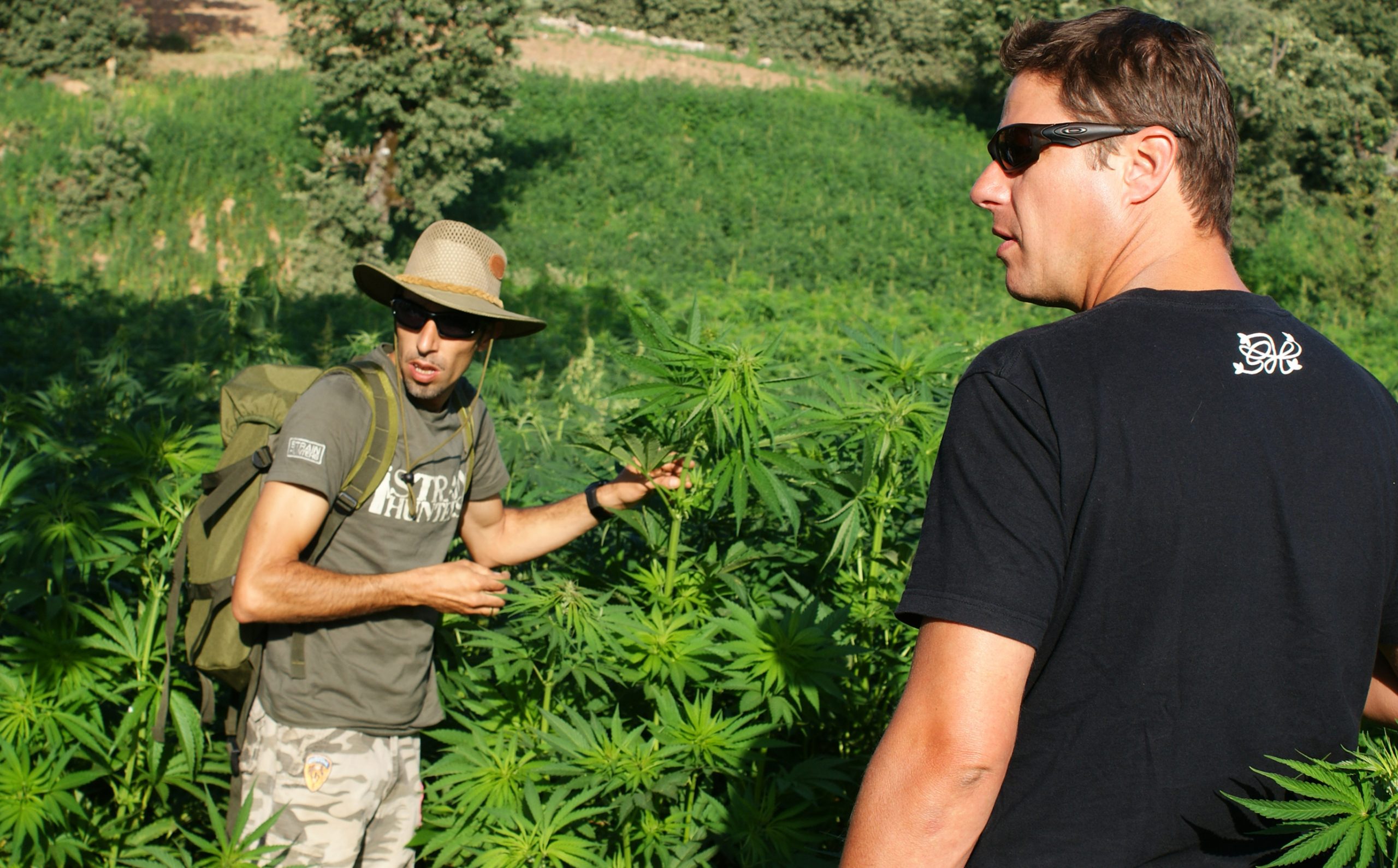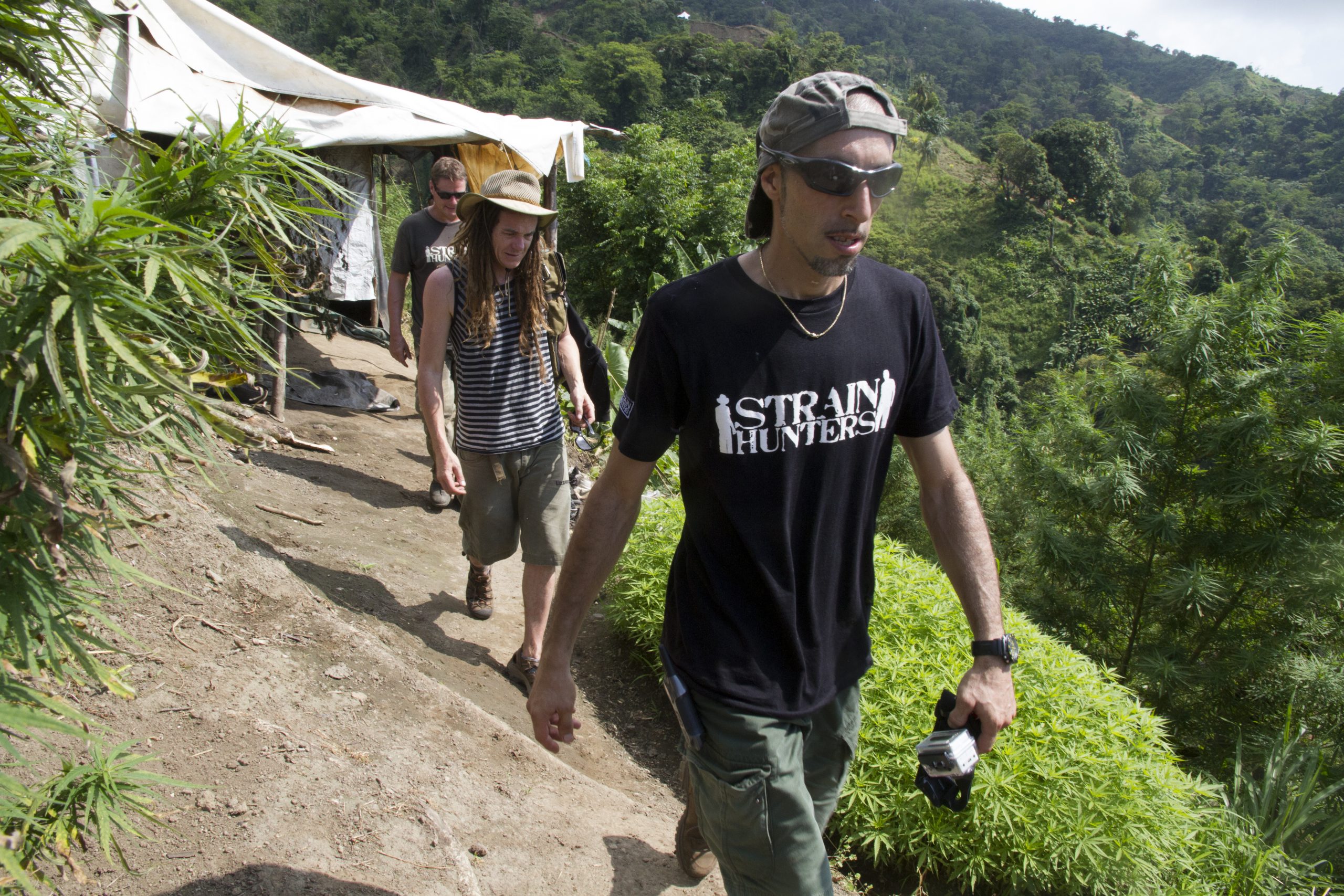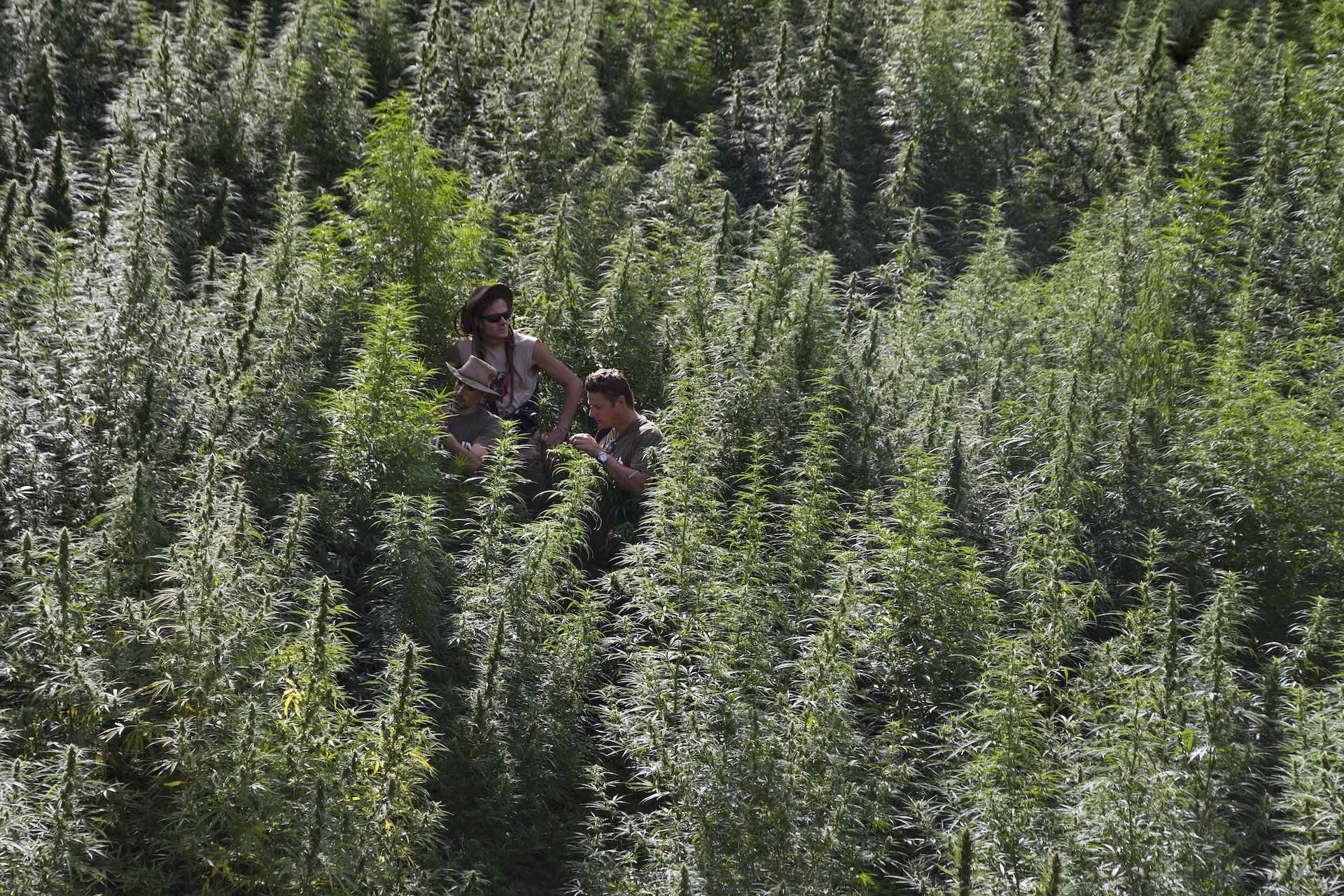India Expedition
In search of Indian landraces and the art of making malana cream
Ever since 1993, when the Green House won the Cannabis Cup with a cream from Malana, Arjan wanted to explore the origins and the history of this wonderful hashish. His last trip to India was in the 1980s, when he acquired the genetics that gave birth to the Himalaya Gold, one of the most acclaimed outdoor strains ever produced. So we decided time had come to go strain hunting in India. Now we needed a good guide, someone that could show us the right path to the highest fields, the tastiest creams, and the holiest of mountains. A few years back, during one of the Cannabis Expos we attended in Europe, we met Italian book writer and connoisseur Franco Casalone, author of the most famous books on cannabis written in Italy. He lived in the Indian Himalayas for several years, living the life of a true charsí (master of charras-making). We suddenly had the feeling that he was the right man for our mission, so we contacted him. Loving the chance to get back to his beloved mountains, he accepted to be our guide, to become a Strain Hunter, and to make our dream possible. What started as an idea was now becoming reality. Time to organize a scouting-trip to have a look at the area and prepare the path for the realization of the second Strain Hunters documentary.
In June 2009 we boarded a flight to Delhi, and the adventure began. We spent two weeks trekking the mountains and the valleys of Himachal Pradesh, meeting several key-players in the area, from mountain guides to growers, and we visited more than 30 fields for the production of charras and cream. In this area the seeds are planted in May, so we could see tens of thousands of young plants already growing in the fields. For most of the fields we visited, we sampled the charras made the previous season. This way one can select the best fields and the best growers and charras makers. Planning for a documentary involves truly challenging logistics: every route has to be walked in advance, camp sites have to be checked, and because electricity is needed to charge batteries and back-up of tapes its not easy to stay too long away from civilization. Moreover, moving through rough mountain terrain with a whole camera-crew can prove difficult, unless every detail is considered and every issue is addressed and solved beforehand.
When we were satisfied with our plan, we went back to Amsterdam to start organizing for the mission ahead. We were excited because we knew that we had found an amazing place with amazing people. In these mighty mountains charras has been used for thousands of years, and only recently the Indian government, under US and EU pressure, is acting against it. Since 2003 the police started chopping down cannabis crops and arresting people who produce charras. New dam-projects are underway, and the life in this region will change forever once they are completed. The entire cultural heritage of these mountain will be washed away in a few years, unless people around the world become aware of the problem. So we felt it was our duty to expose the situation of the cannabis plant and the people that live in these areas, victims of an out-of-control globalization madness. We planned to go back to India at the beginning of October, when the first crops would be mature and the people would be busy making the charras and the creams the whole world want to smoke.





